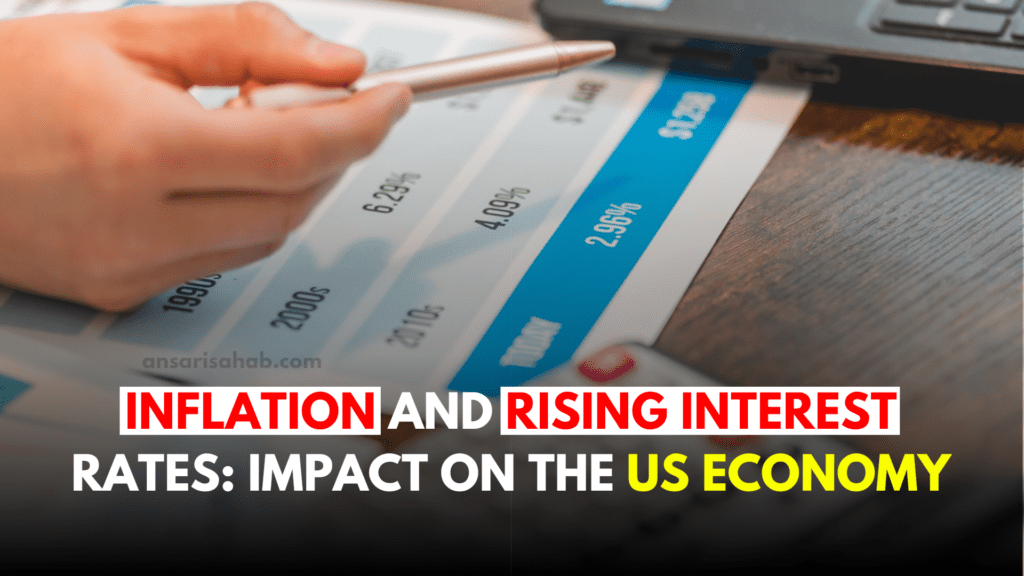Investors are increasingly betting on a Federal Reserve rate cut of 25 basis points in mid-September, driving shifts across equities, bonds, and currencies. The Fed rate cut implications are already being priced in as economic data shows a softening labor market and inflation that, while still above target, is less volatile.
Why the Fed Is Poised to Cut Rates
- Economic indicators show mixed to weakening momentum. Initial jobless claims recently surged to their highest level since 2021, and inflation growth has moderated despite some hot CPI readings.
- Markets including futures contracts and bond yields are fully pricing in a rate cut at the Fed’s upcoming policy meeting (September 16–17), with growing expectations for additional cuts later this year.
- Institutions like the IMF have signaled that there is scope for easing monetary policy due to labor market deterioration.
How Portfolios Could Be Affected
Bonds & Interest-Rate Sensitive Assets
With Fed rate cut implications in view, bond investors are increasing duration—favoring longer-term Treasuries and securities that rise in value when rates fall.
Short-term yields and cash instruments may see lower returns, prompting some to shift toward higher-yield or longer maturity bonds.
Equities & Sector Rotation
Lower rates often benefit high-growth and technology stocks that depend on borrowing, as well as sectors like industrials and utilities. Cyclical stocks could outperform if the rate cut leads to an economic floor.
Defensive sectors—such as consumer staples and health care—may also attract interest, especially if further cuts are delayed or economic softness deepens.
Currencies, Forex & Global Assets
The U.S. dollar has already weakened in response to expectations for rate cuts. Fed rate cut implications include potential depreciation in the dollar, making U.S. assets more attractive to foreign investors while raising appeal for emerging markets.
Possible Drawbacks and Risks
- Inflation concerns remain. Even with a rate cut, inflation rates—particularly core inflation and shelter costs—are still elevated. If inflation reaccelerates, the Fed may be constrained in future easing.
- Yield curve behavior: Long-term interest rates may not fall if inflation expectations or fiscal deficits stay high. Mortgage rates, for example, are influenced more by longer-term Treasury yields than by the Fed’s short-term rate cuts.
- Overheated sectors: High valuations in growth-oriented stocks may suffer if economic data disappoints, or if markets had over-priced the benefits of easing.
What It Means for You
- If your portfolio is heavily weighted toward cash or short-term fixed income, you may see shrinking yields. Considering longer maturities or higher-yield bonds could help mitigate that decline.
- For equity investors, expect potential benefits in growth stocks, but also risk. Diversifying into cyclical or value sectors, or adding defensive holdings, may help balance exposure.
- If you hold international or emerging market investments, a weaker dollar could boost returns, but beware of currency risk and political or local economic instability.
- For homeowners or those considering real estate: Mortgage rates might eventually drop, but any relief may lag short-term Treasuries, depending heavily on long-term rates, inflation expectations, and bond market dynamics.
Expert Views & Outlook
- BlackRock has turned neutral on long-term U.S. Treasurys, noting that while yields may decline somewhat in the short term, structural factors like fiscal deficits could keep longer yields elevated.
- Morgan Stanley now expects three separate rate cuts in 2025, signaling increased confidence in easing.
- PIMCO argues that halting the run-off of mortgage-backed securities from the Fed’s balance sheet could help lower mortgage rates even more than cuts alone.
FAQs
Lower interest rates tend to raise bond prices—so existing bonds with higher yields become more valuable. Longer-term, high-quality bonds often benefit the most.
Not necessarily. Short-term rates are controlled directly by the Fed, but mortgage rates depend more on long-term bond yields and inflation expectations. Changes may take time and may be partial.
Diversification is key: consider adding duration in bonds, shifting to growth and cyclical equities, balancing defensive sectors, and monitoring inflation and economic data closely.
Sources: Reuters









